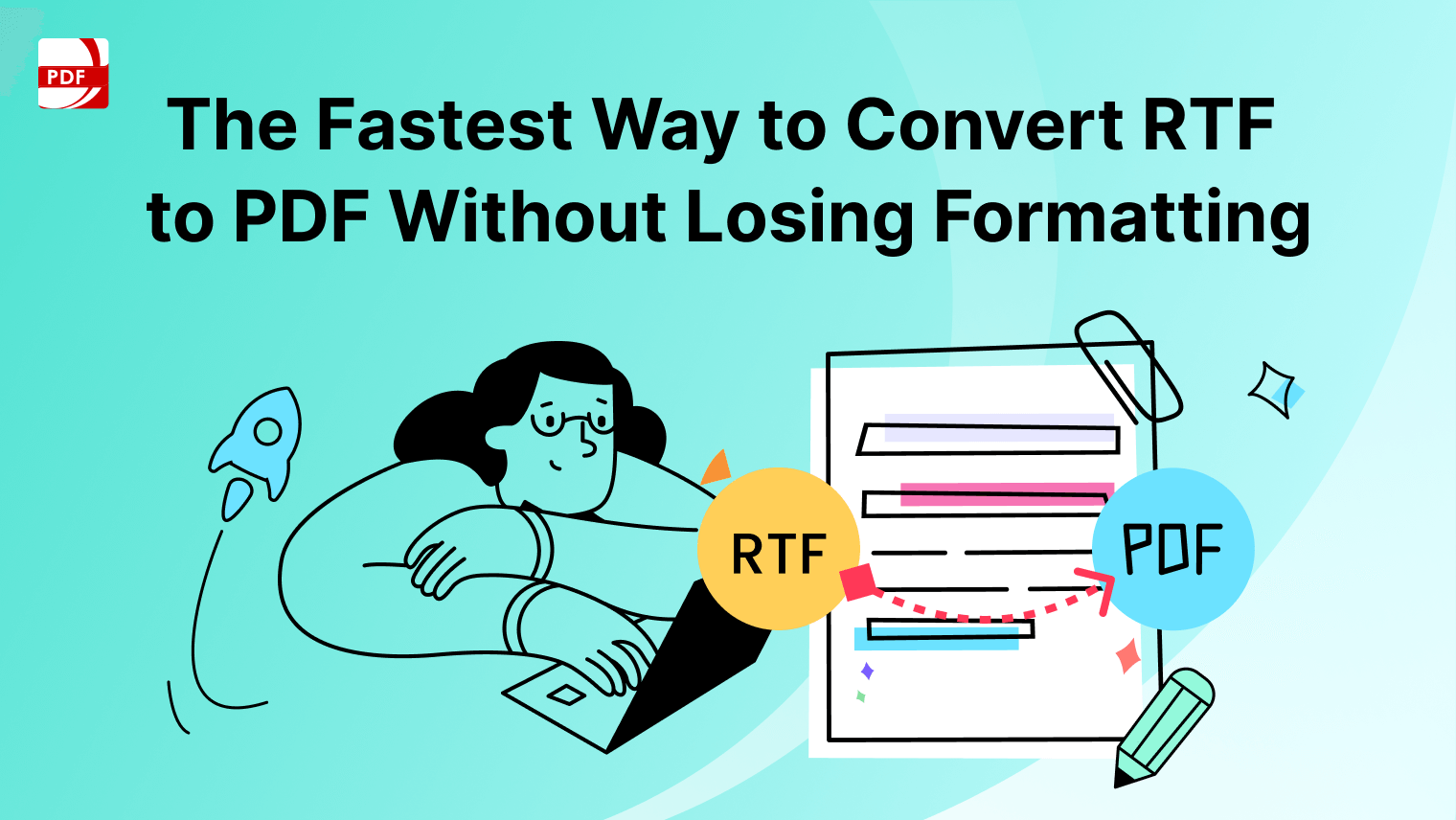In the digital age, sensitive data exposure is a serious threat that can lead to financial loss, reputational damage, and legal issues. Protecting your documents during sharing and editing is more important than ever.
LynxPDF Editor provides powerful tools like encryption, redaction, and metadata cleaning to safeguard your data. It ensures your sensitive information stays private and secure at every step.
Common Risks of Sensitive Data Exposure
Sensitive data exposure often occurs due to overlooked mistakes in document management. Even minor lapses can lead to significant security breaches. Below are the most common risks that put your documents in danger:
Sharing Files Without Encryption or Password Protection
Unprotected file transfers leave your documents vulnerable to interception. Without encryption or a password, sensitive files can easily fall into the wrong hands.
Leaving Hidden Metadata or Unredacted Sensitive Information
Many PDF files contain hidden metadata, including revision history, author details, or comments. This information can unintentionally expose sensitive details. Failing to redact confidential text further increases the risk of data leaks.
Unauthorized Access Due to Weak Security Controls
Insufficient access controls, like the lack of role-based permissions or secure storage allow unauthorized individuals to view, edit, or share sensitive files. This opens the door to security breaches that could otherwise be prevented.
Understanding these risks is the first step in keeping your data safe. By using LynxPDF Editor, you can effectively prevent these vulnerabilities.
How LynxPDF Editor Protects Your Sensitive Data
Protecting sensitive data is essential to avoid unauthorized access or accidental exposure. LynxPDF Editor equips users with practical tools that ensure confidentiality while keeping documents secure throughout editing, sharing, and storage. Here's how LynxPDF Editor helps protect your information.
Secure Document Access and Permissions
LynxPDF Editor allows you to control how others interact with your documents. Set permissions to restrict printing, editing, or copying and ensure that only authorized users can access or modify files.

These security measures ensure your files are protected whether shared offline or in a controlled environment.
On-Premise Deployment for Maximum Data Control
For organizations that require full control over their documents, LynxPDF Editor offers on-premise deployment. With this option, all your files stay within your infrastructure, minimizing exposure risks and improving compliance with security regulations.

With on-premise deployment, businesses benefit from:
- Local Storage: Sensitive files remain on your own servers, not external cloud services.
- Enhanced Privacy: Data stays within your secured environment, minimizing exposure risks.
- Compliance Readiness: Meet strict industry regulations for data protection and confidentiality.
With LynxPDF Editor, you can confidently manage and share files without worrying about unauthorized access.

Step-by-Step Guide to Secure PDFs with LynxPDF Editor
Securing your documents doesn’t have to be complicated. With LynxPDF Editor, you can password-protect your PDFs in just a few simple steps, ensuring only authorized users can access or edit your files.


 Admin Console
Admin Console Custom Business Stamps
Custom Business Stamps System Integration
System Integration Digital Signatures
Digital Signatures
Take control of your files, protect sensitive information, and confidently share documents knowing they’re fully secured.
Step 1: Open Your PDF Document
Launch LynxPDF Editor and click on “Open Document” to import your file. Alternatively, you can drag and drop the PDF directly into the workspace.

Image Source: LynxPDF Editor
Step 2: Navigate to Security Settings
At the top toolbar, select the “Editor” tab. Click on “Security” and then choose “Set Passwords” from the drop-down menu. This will open the password configuration tool.
Image Source: LynxPDF Editor
Step 3: Configure Your Password and Permissions
In the pop-up window, you can alter your settings to create a strong password and prevent the copying of digital documents.
- Create a strong password to restrict access to the document.
- Set permissions to limit editing, printing, or copying of the file.
- Enter your desired settings and confirm the password.

Image Source: LynxPDF Editor
Step 4: Save and Encrypt Your File
Once your password and permissions are configured, click “Save” or “Save as” to encrypt the document. The file will now be fully protected, and only users with the correct password can access it.

Image Source: LynxPDF Editor
With these simple steps, you can ensure your documents are secure before sharing or storing them.
Best Practices to Avoid Data Exposure with LynxPDF Editor
Protecting sensitive data is crucial to prevent unauthorized access or accidental leaks. With LynxPDF Editor, you can easily safeguard your documents by following these steps:
- Use Password Protection: Set strong passwords to limit access to your PDF documents. You can establish separate passwords for opening the file and for making changes, ensuring that only authorized users can interact with your content.
- Redact Sensitive Information: Permanently remove sensitive content, such as personal details, financial data, or confidential text, using the redaction tools. Redacted information becomes unrecoverable, preventing accidental exposure.
- Clean Hidden Metadata: Hidden metadata, such as author information, comments, and revision history, can reveal sensitive details. Use metadata cleaning tools to automatically remove this data before sharing files.
- Limit Permissions: Set permissions to control how others interact with your document. Restrict actions like copying, printing, or editing to prevent unauthorized changes or misuse.
- Encrypt and Share Securely: Always encrypt files before sharing them. Use secure channels or password-protected options to ensure documents are delivered safely and cannot be accessed by unintended recipients.
- Store Documents Safely: Save your files in protected folders or secure systems. Implement access controls to ensure only authorized team members can view, modify, or distribute sensitive documents.
LynxPDF Editor provides everything you need to protect sensitive information, streamline document management, and ensure compliance with security standards. From password protection to metadata cleaning, its intuitive tools allow you to take control of your document security effortlessly.















 Support Chat
Support Chat